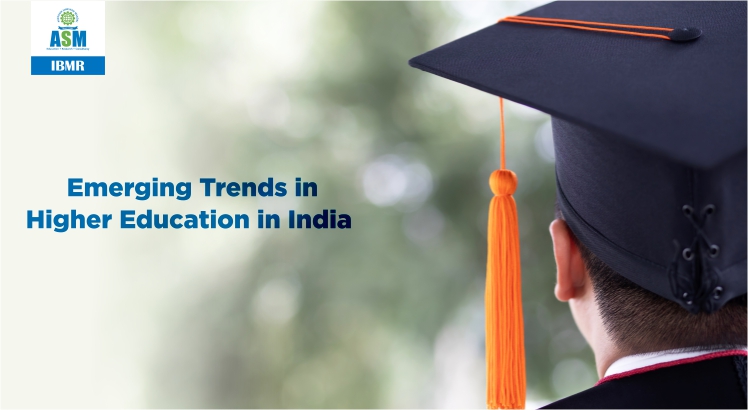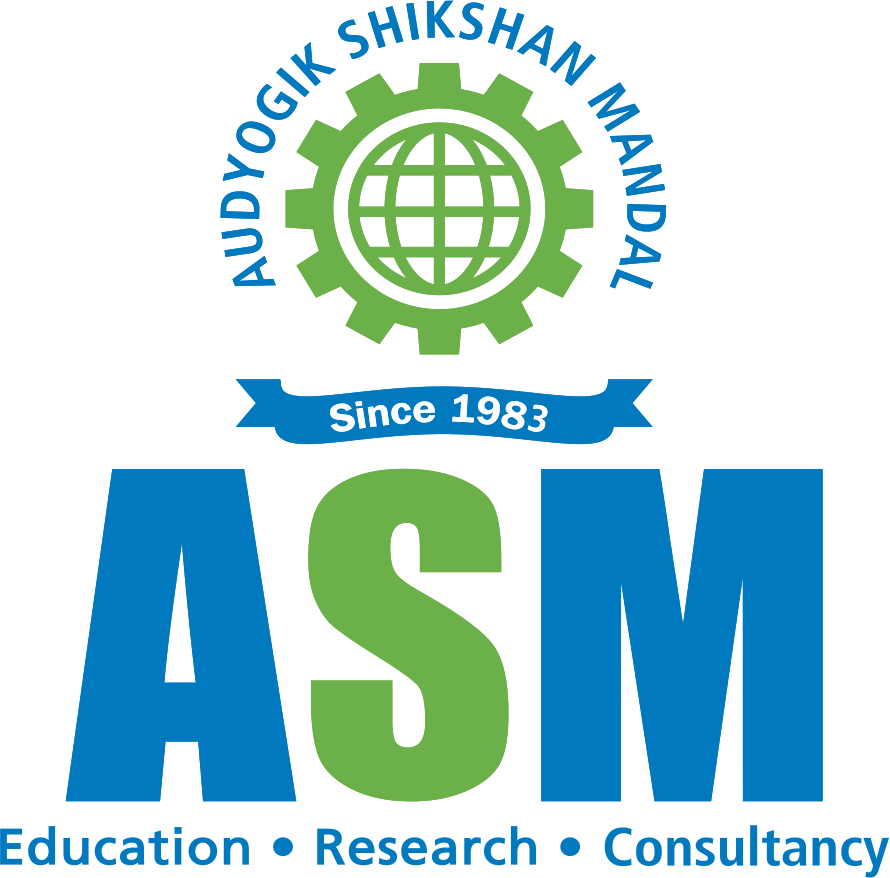- |
- Official Alumni Network |
- Mandatory Disclosures |
- Online Grievance Redressal/Feedback|
Online Grievance Redressal/Feedback
Online students/Faculties can connect to redressal officer via mail and phone.
The grievance will be addressed within 24 hrs and incase it is not done, the grievance can be escalated to the Director.
Students and Faculties can give feedback online via mail mentioned here.
Redressal Officer
Ph. No. : 9527333074
Email ID: webmailibmr@gmail.com
- Extension of Approval (EOA) |
- Letter of Approval (LOA)

A Comprehensive Comparison: Business Analytics Vs Business Intelligence
August 10, 2020
Off-campus Vs On-Campus Placements What Is The Difference?
August 22, 2020Emerging Trends in Higher Education in India

Did you know that our country has the world’s largest youth population of about 500 million in the age bracket of 5-24 years? Also, we are a country with the most extensive higher education system. With such a massive demand for catering to, India’s higher education system has to keep evolving.
Just recently we read about how the school system has undergone a significant transformation; making sure 10th std students no longer have to dread their board exams and have the chance to study a much broader spectrum of subjects.
While it is all positive for the schooling system, what can we expect for colleges and universities? How are these institutes trying to amp up their level of delivering quality education? To help you find answers to such questions, we have put together the top trends in higher education in India for this year.
Keep reading to learn about what you can expect from colleges and universities in the new future.
Table of Contents
Top 8 Trends in Higher Education in India
1. Adapting Online Higher Education
Thanks to the pandemic, institutes have been forced to choose this mode of instruction. But, will this be limited only till the lockdown, or are colleges willing to continue like this? Online education existed before the pandemic as well; that time, it was referred to as distance learning.
Owing to the increasing demand, higher education institutes are creating programs that can be completed online. Even though this is just the beginning, they have already received a phenomenal response. Along with the development of online learning, the youth is also expected to show an interest in learning various types of languages.
2. Focus on Quality and Admission Rate
Having the most comprehensive system for higher education, it is no surprise that we have a foundation to expand. Now, the government is expected to focus on improving the quality of every institute and increasing student enrollment.
In the last two years, the compound annual growth rate was 3.6 per cent, with around 724 students per institution. By 2030, every institute is expected to have 1400 students – almost double the current rate. This number will vary depending on every state.
3. Increase in Women Enrollment
Yes, India has the largest education system. But, when you take a look at the participation of the women in this sector, it is relatively low. Thankfully, it is expected to change and even increase in the next few years.
In 2018-19, the admission approximately 1.82 crore women enrolled for higher education. Since 2011-12, women enrollment grew at an incredible 4.9 per cent CAGR. Now, we can expect a lot more young females to have higher academic aspirations. (Source: AISHE)
4. Emerging Foreign Destinations
As of now, going abroad for further education is close to impossible. But, once the situation is close to being normal again, the number of Indian students going outside to study will show no signs of slowing down.
Earlier, most preferred-countries were the US, Canada, Australia, and the UK. Now, considering the change in US immigration policies and Brexit, Indian students are expected to move to new destinations such as New Zealand, Ireland, Germany, France, Russia, etc.
5. Growing Demand for International Courses
As mentioned earlier, our country is still unsure about leaving the country for higher education. Due to this situation, the demand for colleges and universities providing international certifications has witnessed a surge.
At ASM’s IBMR, we provide a plethora of global courses from world-renowned universities such as Harvard Business School, Cetys Universidad, and more. This ensures our students can learn and keep up with what is taught across the globe.
6. Focus on Skill Development
Even though 12.8 million individuals step in the market each year, only a small percentage of them are able to find decent jobs. The main reason behind this is that most of them lack the basic skill set to get existing jobs.
To address this problem, our government is soon expected to increase skill development programmes which will cater to 500 million individuals. It is also working on bringing in new skill centres, creating a National Policy on Skill Development and Entrepreneurship, making Amendments to the Apprentices Act, and more.
7. Introducing AI in Higher Education
As we all are aware, the Indian higher education system hasn’t undergone any major transformation in the last 20-30 years. Hence, institutions are willing to revamp the current education system to meet the challenges and growing opportunities presented by the advancements in AI.
Colleges are expected to develop a course curriculum which can ensure education and research in the country does not get left behind. Even private ed-tech start-ups are using AI when it comes to learning tools, interactive and immersive tutoring systems, and personalized feedback.
8. Introduction of Holistic Course Curriculum
Earlier programs were often all about imparting theoretical knowledge. Considering only textbook learning isn’t really fruitful to get a decent job, colleges are expected to take a more practical approach to teaching.
Colleges like IBMR and a handful others have already started incorporating internships into their degree programmes and setting up innovation and entrepreneurship cells on campus. Also, the syllabus is expected to focus on the overall development of each student, and not just the specialization.
How Future of Work and Future of Higher Education in India are Interconnected
The development of a country depends on its three types of capital financial, physical, and human. Out of these, human capital is said to have the most significant impact on socio-economic growth. To put it in simple words, this type of capital refers to the skills, knowledge and experience of the population of a country.
The higher education system is therefore responsible for nurturing professionals who are fit for the future of work. Let’s understand why colleges and institutes need to keep up with these trends and revamp the existing system. Here are a few statistics offered by Deloitte. about how the current scenario is changing:
- Automation will impact 69 per cent of jobs in the country
- By 2022, skills such as analytical, critical thinking, and emotional intelligence will have a higher demand as compared to reading and writing
- World Economic Forum’s ‘Future of Jobs 2018’ report states that more than one-half of India’s workforce will have to be reskilled by 2022
Conclusion
By now, we are hopeful that you have a brief idea of what the future of higher education looks like. From new AI/ ML courses to an emphasis on holistic development, there’s a lot to look forward to. Stay tuned with us to find out how colleges, universities, and private ed-tech companies will adopt these emerging trends.
Start your journey with a Maharashtra’s reputed institute – ASM’s IBMR
ASM’s IBMR is a well-renowned educational institute dedicated to creating future job-ready professionals. Please browse through our wide range of academic courses and choose the one that suits your interests the most. All the best!




